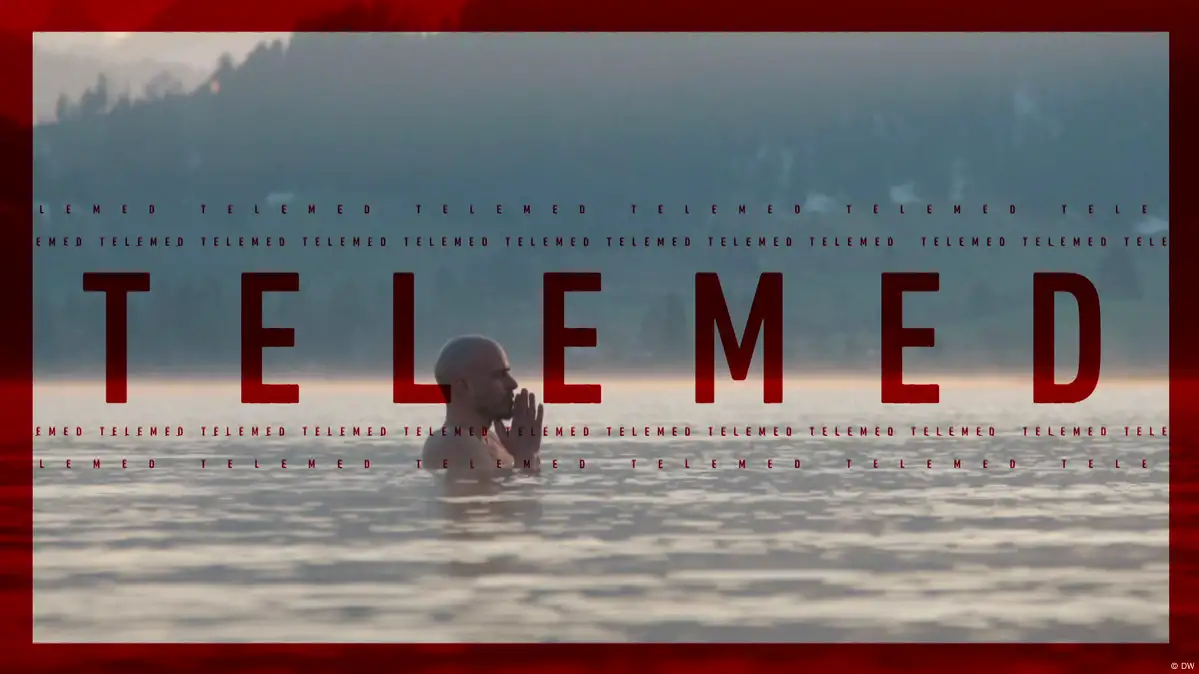TeleMed | Highlight

Huge progress has been made in medicine in recent decades. For example, the discovery of fiber optics has made it possible to take a close look at the stomach and intestines. Magnetic resonance imaging creates three-dimensional images without using harmful X-rays. Advances in intensive care, transplantation and genetic engineering are making it possible to tackle diseases previously regarded as incurable. But there is still much uncharted scientific territory, for example with regard to diseases that have only emerged with our civilization.
Order number 264607 (111-114),
Documentary, 04 x 30 min., Arabic, English, Spanish
(49 additional episodes available)
Episode synopses:
111
Over the Clouds: Treatments for Altitude Sickness
Anyone who travels quickly to very high altitudes runs the risk of their body reacting in a negative way. Yet to date, there is little research available on what’s known as altitude sickness. The emerging discipline of high-altitude medicine is dedicated to changing that. How can findings regarding the mechanisms of altitude sickness be applied in everyday clinical practice? Which therapeutic strategies have proven successful? The difficulties of working with highaltitude medicine can be seen firsthand, in the world’s highest altitude infirmary.

112
Read, Write, Live: Understanding Dyslexia
Around 5 percent of all children and young people worldwide are affected by dyslexia, a disorder that affects reading and spelling. People with dyslexia often find it difficult to earn degrees or other qualifications that match their abilities and skills. The causes of the disorder are complex and not yet fully understood. Research is focusing on connections involved in cognitive processing. New findings dispel prejudices against dyslexics that have been circulating for decades.
113
Codes that Cure? AI in Diagnostics
Artificial intelligence is slowly but surely finding its way into medicine. AI already helps to predict possible complications and provide support during complex operations. It can make use of images to determine the nutritional content of meals. Currently, many additional ideas are being developed. Computer scientists, biomedical engineers, ethicists and doctors are all working together to develop new AI technologies. Where can AI tools be used in diagnostics and treatment? What role do social and economic interests play?
114
Beyond Euphoria: Psychedelic Therapy
For a long time, psychedelic substances were seen only as addictive and potentially dangerous. After unregulated release from the lab into mass consumption in the 1960s, psychedelics caused a range of problems and were subsequently banned in most parts of the world. Their psychotherapeutic potential was overlooked. In Switzerland, however, it has always been possible to conduct research into psychedelics and even, to a limited extent, make medical use of them. However, the regulatory hurdles for psychedelic therapies are high here. So, which substances are scientists particularly interested in – for potential application in the treatment of which diseases?
